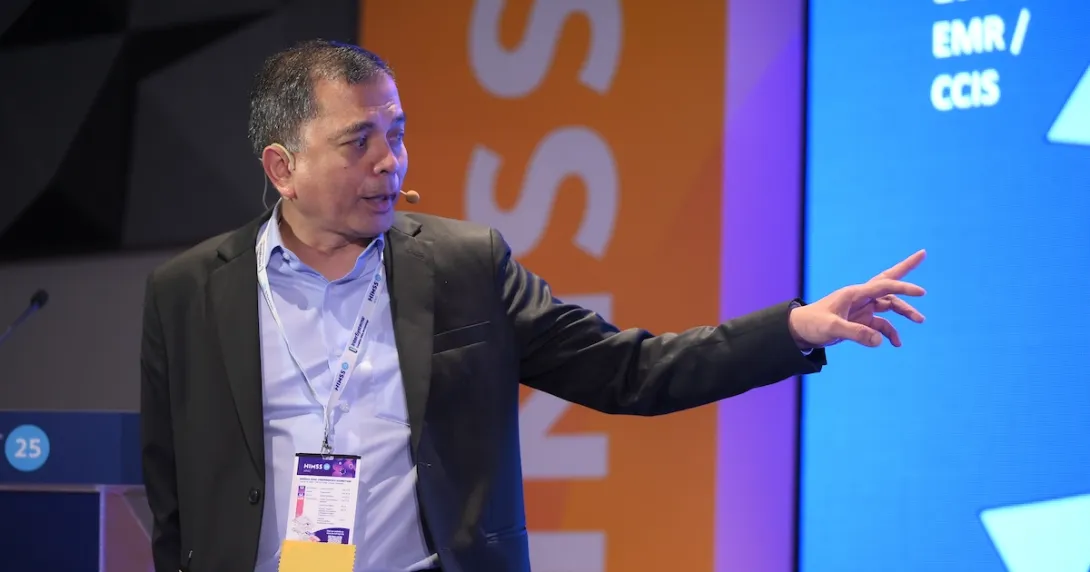
In November last year, Institut Jantung Negara, Malaysia's National Heart Institute, was validated at Stage 6 of the HIMSS Electronic Medical Record Adoption Model.
At HIMSS25 APAC, Dr Alwi Mohamed Yunus, clinical director of Health Informatics at IJN, shared what they thought was an absolute component of digital transformation.
"Clinician engagement is non-negotiable. You need to have them engaged with it," he said. "They need to own this for themselves."
According to Dr Alwi, they have made several attempts to implement an EMR system across their hospital units since 2017. When they finally found an external vendor to work with for a full rollout between 2021 and 2023, the project fell through as the vendor and the implementation partner were in contention.
"We lost about four years in trying to pick the best solution," he said.
Following a visit to a fellow heart hospital in Thailand in 2023 after their baseline assessment for the HIMSS EMRAM, the IJN EMRAM team had a realisation: "[T]here is no single system or solution that can meet every requirement… We had been looking for the best system to implement, but we realised that [it does] not exist."
Dr Alwi said they only had to improve what they already had, which were their existing skilled clinical staff and the TrakCare EMR system that was in place since 2009; TrakCare was eventually upgraded in 2023.
" It's critical that when you launch this (digital transformation project), it's senior clinician-led. It has to be led by someone… that they respect enough that they do not want to go against," he emphasised.
"It's important that you drive this with clinical leadership."
" We were lucky, however, to have the support from our executive leadership, who were always firmly behind us. We had set up a group of super users to make sure that their [colleagues] also were on board with this," he added.
Dr Alwi recalled that doctors were the worst to train. "They don't attend the training sessions. So, what we did was send the attendance roster to the department heads, and the very next day, attendance went up to 140%. We cracked the whip if we had to."
While they had strong backing from hospital management and colleagues, all of this would not have been possible if they had not set their goals clearly, and did not have a path to establishing those goals and communicating those goals to end users, Dr Alwi stressed.
IJN is now working toward a Stage 7 HIMSS EMRAM validation.